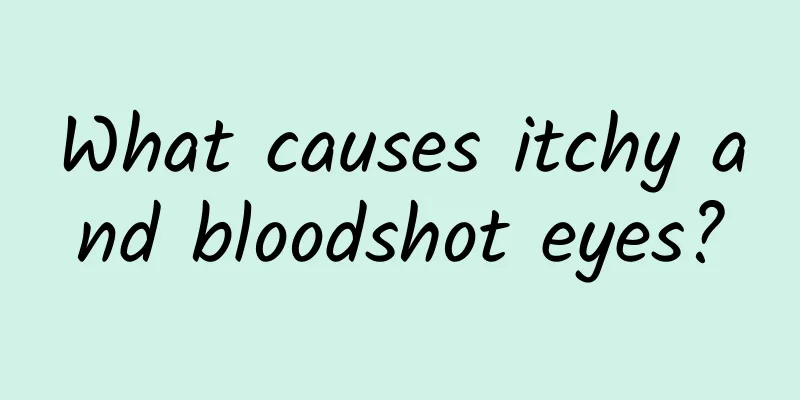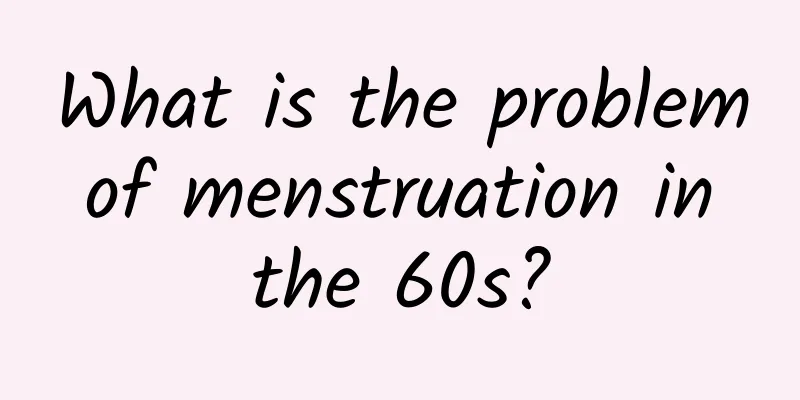Symptoms of chronic tracheitis

|
Chronic tracheitis is a type of tracheitis, and chronic tracheitis is also a common disease in our human body. In addition, there are many symptoms of chronic tracheitis, and in clinical practice, many doctors distinguish chronic tracheitis from acute tracheitis based on the symptoms of chronic tracheitis. Chronic tracheitis and acute tracheitis are somewhat similar to a certain extent, so knowing the symptoms of chronic tracheitis, everyone can accurately distinguish between the two diseases. The trachea is very important to the human body, which I believe most people know. The trachea is one of the important organs of the human body and is mainly responsible for breathing. However, many times, due to some reasons, the trachea will develop lesions, and chronic tracheitis is one of the more common ones. So, let’s talk about the symptoms of chronic bronchitis in detail. Chronic tracheitis is transformed from acute bronchitis. This disease mostly occurs in the middle-aged age group, has a slow course, and most cases have an insidious onset, initially occurring in the cold season. Symptoms of coughing and expectoration appear, which are most obvious in the early morning. The sputum is white, mucous and foamy, thick and difficult to cough up. After infection or cold, the symptoms rapidly worsen, the amount of sputum increases, the viscosity increases, or it becomes yellow and purulent. Sometimes the sputum may contain blood. As the disease progresses, coughing and sputum occur all year round, but are most severe in autumn and winter. There are usually no special signs in the early stages of the disease. Most wet and dry rales can be heard at the bottom of the lungs, which sometimes disappear after coughing or expectoration. Long-term onset may lead to emphysema. Clinical manifestations 1. Cough and sputum production or wheezing are the main symptoms, occurring for a total of 3 months each year and lasting for 2 years or more. 2. Rule out other diseases with symptoms of cough, sputum and wheezing, such as: pulmonary tuberculosis, pneumoconiosis, lung abscess, heart disease, heart failure, bronchiectasis, bronchial asthma, chronic nasopharyngeal disease, etc. Clinical classification 1. The simple type is characterized by repeated coughing and sputum production. 2. The wheezing type is characterized by chronic cough and sputum accompanied by wheezing, and wheezing sounds are often heard. Clinical staging 1. During the acute exacerbation period, there is a respiratory tract infection within the past week, the amount of sputum increases, mucus and purulent sputum appears, or the symptoms are significantly aggravated. 2. Chronic persistent cough, sputum, and wheezing last for more than 1 month. 3. During the remission period, the symptoms basically disappear and last for more than 2 months. Treatment of acute attacks and chronic protracted periods 1. Control infection: Bacterial infections are most common with Haemophilus influenzae, Streptococcus pneumoniae, Group A Streptococcus and Neisseria. Penicillins and quinolones can be given orally. For severe infections, cefaclor or cefuroxime can be taken orally. A new generation of macrolide antibiotics can also be taken orally. The course of antibacterial treatment is generally 7-10 days. If the condition does not improve, antibiotics should be selected based on the results of sputum bacterial culture sensitivity test. 2. Expectorant and cough relieving: Same as acute tracheobronchitis and acute tracheitis. 3. Antispasmodic and antiasthmatic: Aminophylline and its sustained-release tablets, β2-receptor agonists and their sustained-release tablets can be used for treatment. Paroxysmal cough is often accompanied by varying degrees of bronchospasm. Administration of bronchodilators can improve symptoms and facilitate the clearance of sputum. From the above, we can clearly understand the symptoms of chronic tracheitis. The symptoms of chronic tracheitis are generally manifested as: cough and sometimes sputum, which is the most common and main symptom of chronic tracheitis. Therefore, in our future life, we can make an accurate judgment about chronic bronchitis based on the symptoms of chronic bronchitis. |
<<: Treatment of myocardial infarction
>>: What should not be eaten for arrhythmia
Recommend
What are the symptoms of vestibular dysfunction?
Vestibular function plays an important role in th...
What is the matter with pulling black blood
If symptoms of black blood appear, it is generall...
How much does Cordyceps sinensis cost per pound?
In modern society, taking Cordyceps is not only a...
What to do about body odor during adolescence
The phenomenon of body odor during adolescence tr...
The efficacy of boiling cypress leaves in water
If there are Cupressaceae plants near your home, ...
Is acupuncture and bloodletting therapy for gout effective?
The disease of gout is related to many factors, e...
Reasons for early menstruation in women
When it comes to the reasons why women have their...
Complications of mumps
Mumps is extremely common in our lives, and mostl...
Why can water be squeezed out of the nipples when they are itchy?
Good health is the wish of most people, but in mod...
How to regulate qi deficiency in women, dietary regulation of qi and blood
In the field of traditional Chinese medicine, Qi ...
Red corners of eyes, strong internal fire, and yellow eyelids indicate spleen deficiency
People often say that eyes are windows to the sou...
What are the reasons for upper and lower pregnancies in pregnant women?
Upper pregnancy means that the upper part of the ...
What causes cerebral palsy in children?
There are many causes of cerebral palsy, includin...
Is the gecko poisonous?
The gecko, an animal of the Gekkonidae family, is...
The benefits of drinking coral grass soaked in water
An advertisement that can often be seen on TV is ...









